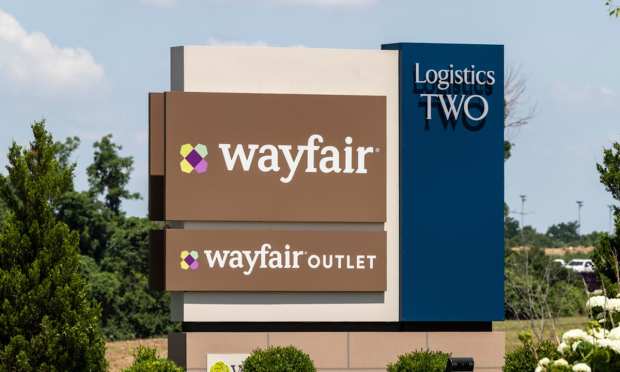D2Cs And Digitally Native Brands Opening Stores Could Save Malls

After thinning the herd over the past decade and pushing many shopping malls to the brink of extinction, new research shows that an array of direct-to-consumer (D2C) and eCommerce brands may now be poised to save the very same retail properties they nearly killed.
Whether you call it a post-COVID comeback or a retail renaissance, one thing is for sure: The emerging trend of online retailers opening up traditional offline or brick-and-mortar storefronts is real – and the impacts are far-reaching.
“The expansion of owned retail [aka brick-and-mortar space] for product-oriented and digitally-native brands is going to change and improve offline retail,” Ethan Chernofsky, VP of marketing at foot traffic analytics firm Placer.ai, told PYMNTS.
In fact, contrary to conventional wisdom, he said the addition of these online retail players into the traditional offline mall mix is actually bringing fresh life and uniqueness to cavernous spaces that are dotted with ailing anchor tenants and even vacancies.
“The ability to bring greater diversification to the wider retail mix creates more symbiotic relationships and less direct competition between shopping centers,” Chernofsky explained. “It also enables a more refined and targeted mix where the right brand can be brought into the right location.”
Ultimately, he said, this retail refresher creates a “win-win-win” scenario that bodes well for the retailers, the shopping center and the mall owners – and, of course, for the consumers who are currently eager to get out and shop again, but are also dying to see anything new. In short, said Chernofsky, this mix of online influx and offline retail will make shopping “more diverse, interesting and exciting.”
Goodbye, Cookie-Cutter Mall
This latest D2C shift may be drawing attention, but it is certainly not new, as Placer’s recent Retail Trends Whitepaper acknowledges that they’ve been tracking this trend since at least 2019. Even so, after a year of pandemic-related retail turmoil, the shift appears to be picking up where it left off – and then some.
“There are retail trends that are interesting and impactful, and then there are those that could truly shake up the wider landscape. The rise of owned locations by product-oriented and D2C brands is clearly the latter,” the Placer report stated.
While some product-oriented brands like Nike and Adidas have recently discussed the shift explicitly, the study noted that other online-oriented brands, such as Allbirds, Everlane and Wayfair, have also been actively looking to expand their owned offline presence.
“The key to understanding the shift is to examine why they’re doing it and what the potential ramifications could be if they are successful,” the report noted, adding that “the why” is fairly straightforward: “Brands want to own the customer interaction to ensure that the relationship is ongoing. If they create a unique in-store experience, the likelihood of a visitor converting and staying loyal is far higher.”
In addition, these eCommerce players are learning that traditional stores also carry other value and operational benefits, such as the ability to handle returns more easily and cheaply, as well as delivery and distribution efficiencies.
In short, Placer said, “more brands are going offline because it’s working,” noting that this trend is “more than a mere post-COVID bump.”
Redefining Retail Expectations
To be sure, buying, building, leasing and retro-fitting retail space is not cheap – and marks a major commitment and mindset change on the part of e-tailers that have often looked down on their brick-and-mortar brethren. However, Placer said the heightened focus on brand is a clear indication of the value of offline spaces, noting that “better experiences will create happier customers, more revenue for retailers and more sustainable tenants for shopping center owners.”
As a result, Placer is using its foot traffic analytics to not only raise awareness of the benefits of offline retail space, but also to redefine what is expected from retail locations while changing how the ultimate value of an offline outlet is measured. Add the fact that online customer acquisition costs continue to rise, and the marketing value of having a visible storefront has to be considered.
“As more brands come to terms with this reality, expect the focus on experiential retail – especially in the urban environment – to increase, creating more retail diversity in terms of brands and experiences,” Placer said, noting that more and more online retailers are testing the waters of physical space via increased use of pop-up stores.
“With more pop-up testing, brands can truly reduce the risk of offline expansions and leverage data to sharpen site selection strategies and to maximize the success of each location,” the study said.
Beyond pop-ups, Placer expects to see more brands testing out different pricing concepts, in the way that Dick’s Sporting Goods and Macy’s have expanded their off-priced offerings, as well as further experimentation and analysis into the full range of omnichannel perks.
“Marketing value is only one piece of the new range of benefits that stores are being recognized for. But if this shift is to really take hold, then brands and commercial real estate companies need to become more adept at measuring the value,” the report concluded.
